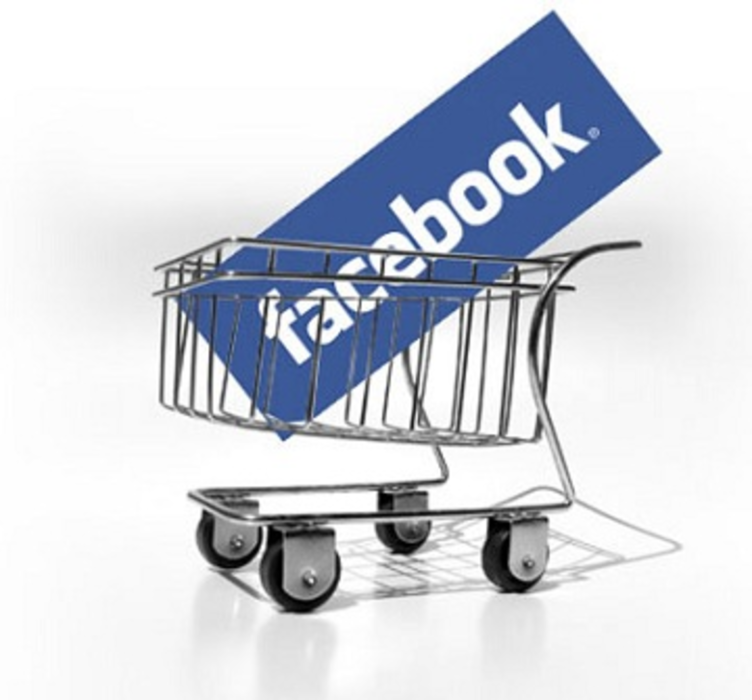Facebook is a social tycoon unlike any other. On September 14 the social network reached one billion monthly active users—just shy of China’s population of 1.344 billion in 2011, according to The World Bank.
Even as the social network grows exponentially, investors stay wary. From Facebook Exchange to Facebook Gifts, it seems as though Zuckerberg and his army crank out something new almost every week to fight off notions of a crumbling social empire brought on by monstrous settlements and depressing IPOs.
A few of Facebook’s latest creations include the additions of Facebook Collections and the Facebook Want Button.
TechCrunch recently reported that Facebook has started testing various versions of Facebook Collections with seven different retailers, including Pottery Barn, Wayfair, Victoria’s Secret, Michael Kors, Neiman Marcus, Smith Optics, and Fab.com. Facebook users can visit a retailer’s page and view its collection–which is basically an assemblage of product images–and then choose to “collect” an image, which will then appear on a wish list. Anyone who then has access to a Facebook user’s timeline can see which item he or she has added to his or her wish list.
As for the “Want” button, users can sign up for the new app through their Facebook account, Twitter account, or email address.
Shortly after signing up for the new button, I started to get déjà vu of my Pinterest account. Pictures of fashion and furniture flooded my screen and categories by which I could sort my images stacked up tall against the left hand side.
Curious, I started to venture down the rabbit hole by clicking on a gold bracelet by Stella & Dot. Here’s how it works from there:
I can click the “Want” button, alerting anyone with access to my timeline that this bracelet is something that I would like to buy. I can then share my desired purchase with my peers via Facebook, Twitter, or email, or add the image to my own Facebook Collection, which I can name and categorize to my liking (much like my pinboards).
I also can see who else wants this item, comment on the image, see which other collections have the same item, view similar items, and see who originally pinned (excuse me), I mean, who originally found the item. I can drag the “Want” button to my browser to enhance my collection, and I can invite my comrades to join. All in all, the page resembles Pinterest’s evil twin.
However, the main difference between Pinterest and Facebook’s newest addition is the inclusion of Facebook’s “Buy” Button. Upon clicking the “Buy” button, I am rushed away to the image’s original e-commerce site, where I can add the actual product to my cart.
From that first click on the image of the gold bracelet by Stella & Dot, I might as well have walked straight up to its marketing team, tapped a member on the shoulder, and said, “Hey, I’m interested in buying your product, and while you’re at it, take a look through all of my friends who may want to buy it, too.”
While Pinterest users can be directed back to an e-commerce website by clicking on an image, this is not always the case. Sometimes clicking on a Pinterest image drives customers back to a blog or interest site rather than an e-commerce platform. Also, Pineterest users often use pinboards to compile their dream life by pinning images of their dream wedding, dream house, or dream closet. However, that doesn’t mean that they’re serious about purchasing the pinned item. I for one am shamelessly guilty of using my pinboards to build my ideal home, but does that mean I want to buy the $10,000 couch pinned to my pinboard? Not on a 22-year-old’s salary. Facebook’s Want button tells marketers, “I’m considering this product to the extent that I’m even going to examine the price.”
Stores such as Edible Arrangements, Sharper Image, and Burlington Coat Factory have already jumped on the “Want” bandwagon, along with approximately 5,000 websites, according to the “Want” button app website. The “Want” site claims that this new feature allows marketers to retarget customers at no charge, and says that Facebook can measure all of a brand’s “Want” button activity to track customers’ buying behavior and intentions. The “Want” site also makes the bold statement that the button provides higher engagement than Facebook’s “Like” button, Twitter, Pinterest, and Google+–a bold statement to make so early in the game.
In the end, it makes perfect sense for Facebook to launch this feature. Facebook has been inching towards e-commerce platforms, and its Instagram purchase signaled that it was headed toward a more visually appealing approach. However, will Facebook’s Collections and “Want” button surpass Pinterest’s success? I’m doubtful. Internet users are becoming savvier when it comes to websites tracking their browsing activity and Facebook doesn’t exactly have the best track record. Hence, I’m skeptical that customers will want to expose their purchasing desires to an entire social community that already has targeted ads. But, I guess we’ll have to wait and see.








